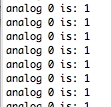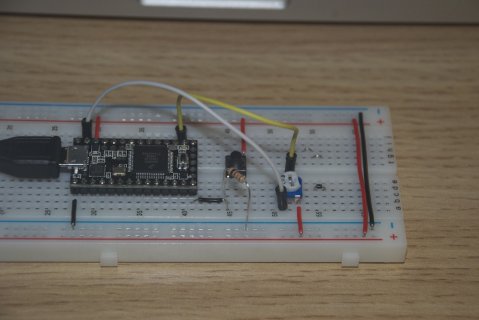Teensy 3 Analog Read: java.lang.OutOfMemoryError: Java heap space
I've connected a 10K pot into my Teensy 3 to test its analog read and output the value to the Arduino serial monitor. I seem to be getting most of the resolution, except when it should read 0 at a steady rate. Instead I get the values between 1 and 1023 rather than 0 to 1023. I've tried a few pots and different analog ins.
Also, when I comment out the 250ms delay to leave no delay at the end of the loop, the Arduino IDE eventually needs to be forced quit (mac) as it seems to struggle with the speed of the loop (baud 9600). I've tried increasing the baud speed, but the problem still persists.
To add, I get a java.lang.OutOfMemoryError: Java heap space
I've connected a 10K pot into my Teensy 3 to test its analog read and output the value to the Arduino serial monitor. I seem to be getting most of the resolution, except when it should read 0 at a steady rate. Instead I get the values between 1 and 1023 rather than 0 to 1023. I've tried a few pots and different analog ins.
Also, when I comment out the 250ms delay to leave no delay at the end of the loop, the Arduino IDE eventually needs to be forced quit (mac) as it seems to struggle with the speed of the loop (baud 9600). I've tried increasing the baud speed, but the problem still persists.
To add, I get a java.lang.OutOfMemoryError: Java heap space
Last edited:



